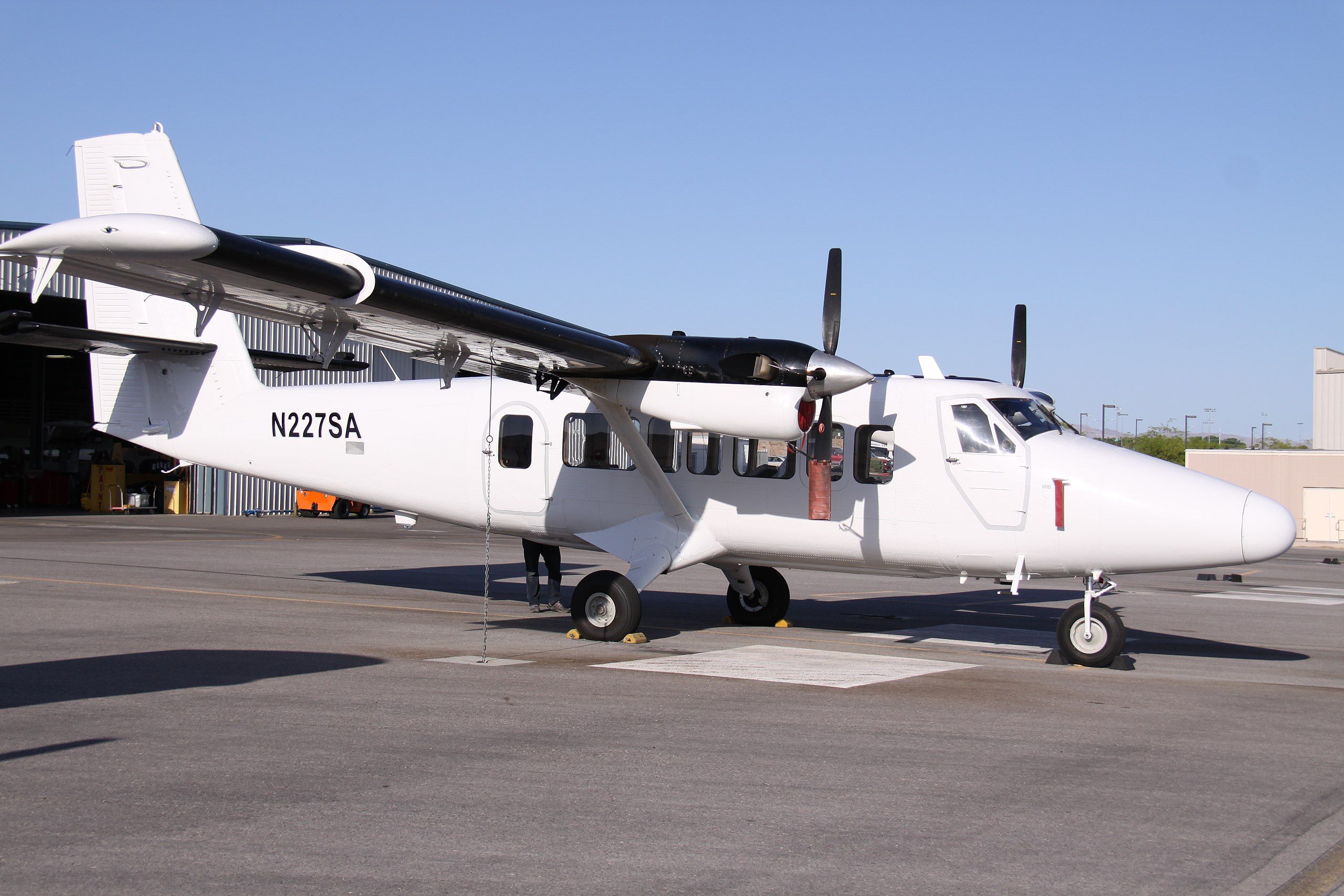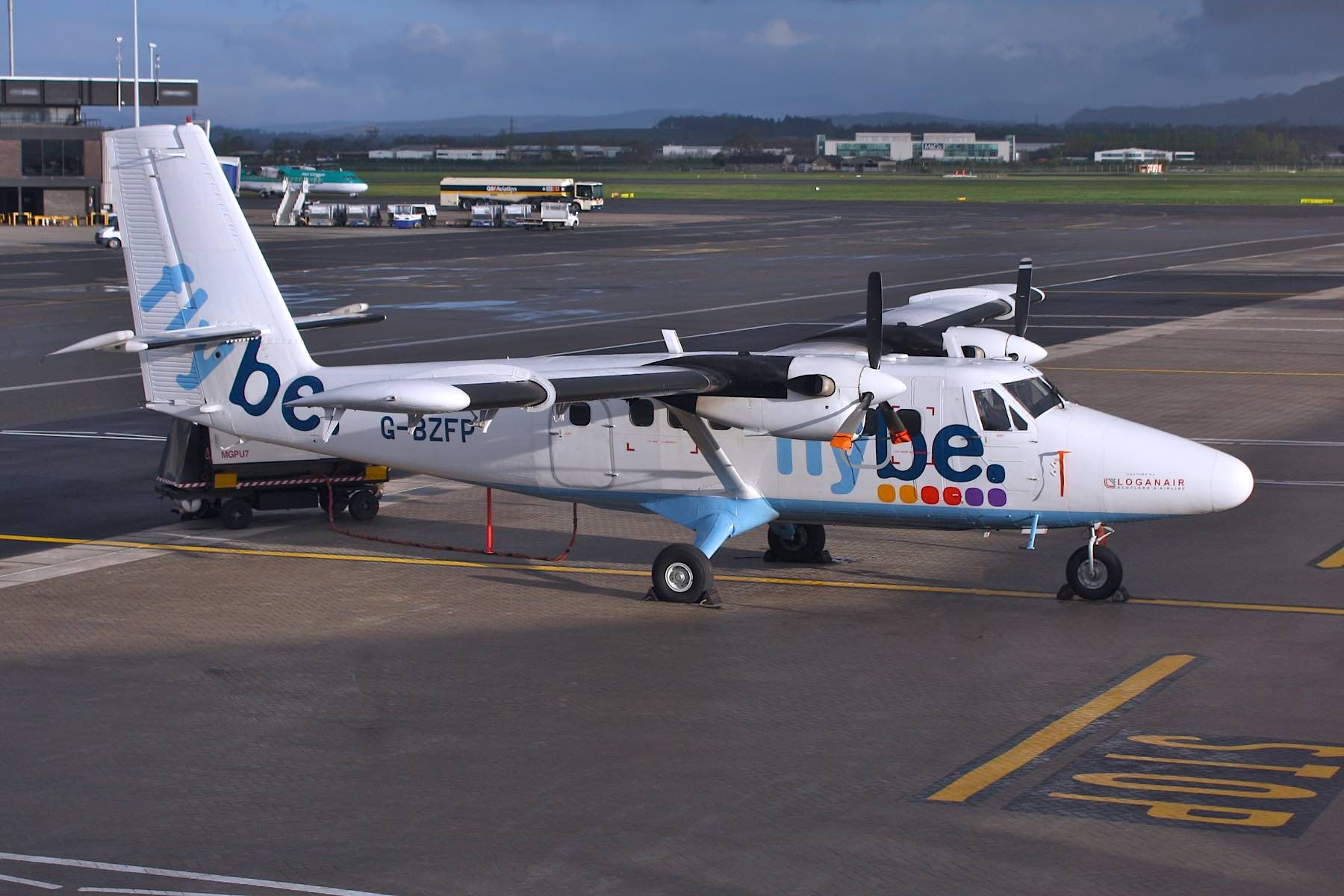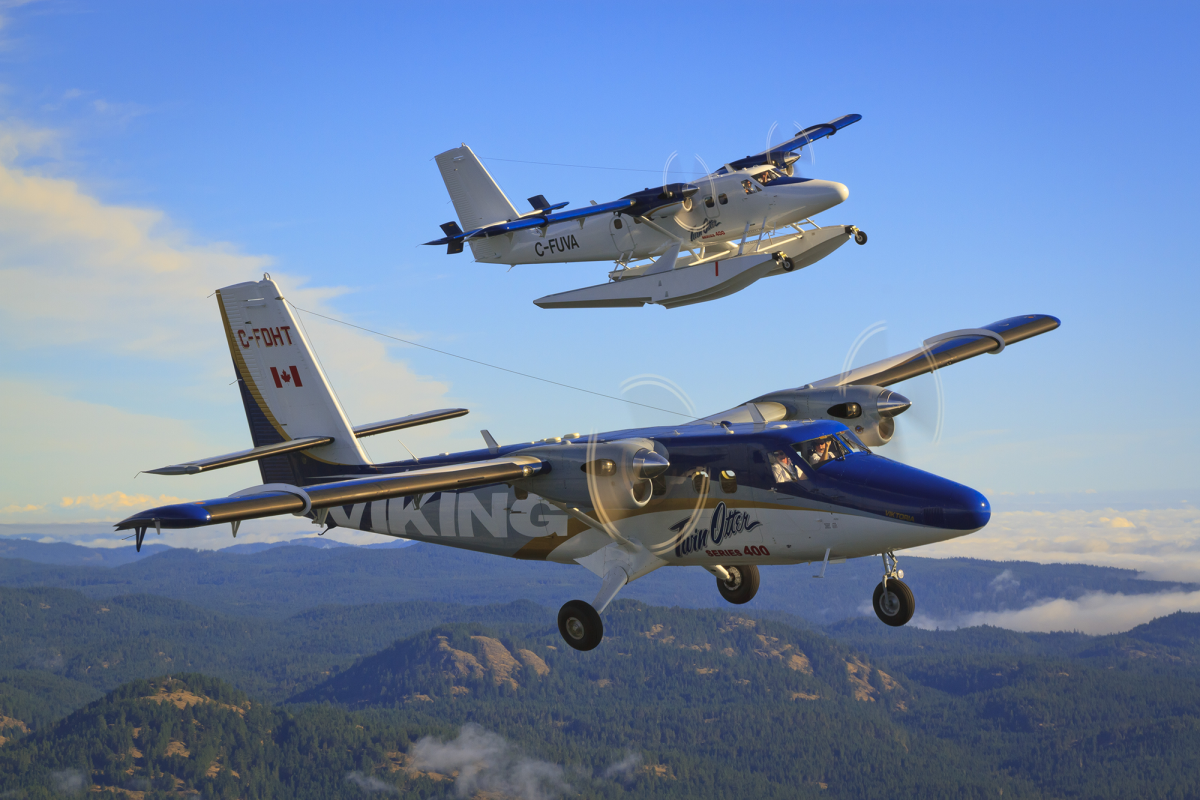Did you know that there is only one de Havilland Canada DHC-6 Twin Otter registered in Spain? The reason is that Spain has an extensive network of modern airports with runways capable of handling larger aircraft. In other words, planes with Short Take-Off and Landing (STOL) capabilities are not required.Before we get into the history of EC-ISV, let's first take a look at the de Havilland Canada DHC-6 Twin Otter and see how it came to be. In the 1960s, de Havilland wanted to build an aircraft to replace its single piston-engined DHC-3 Otter. The new plane needed to be solidly constructed to operate in harsh climates and, more importantly, keep the aircraft STOL capabilities.De Havilland achieved this by keeping the planes high overhead wings and by using fixed triangle landing gear. The big breakthrough and a huge selling point for the plane was Canadian engine manufacturer Pratt & Whitney's new PT6A-20 turboprop engines. The move to twin turboprop engines improved the plane's performance and reliability and proved a big hit with operators in remote areas.
De Havilland made three variants of the Twin Otter
The first six planes were designated as Series 1 prototypes, followed by a production run of 100 aircraft. In 1968 de Havilland made several slight changes to the plane, which included a more prominent nose, more room for baggage, a larger rear door, and improved STOL capabilities. Now designated as the Series 200, the plane retained the original 550-shaft-horsepower PT6A-20 engines.
A year later, de Havilland decided to make more improvements to what would now be the Series 300. The changes included more powerful 680 hp PT6A-27 engines and an improved payload. The Series 300 proved to be the most successful of the Twin Otter variants, with de Havilland manufacturing 640 planes.
Viking Air now builds the Twin Otter
De Havilland Canada stopped production of the Twin Otter in 1988 after building 844 Series 1, Series 2, and Series 3 planes. Able to operate with floats, skis, and wheels, during its production, Twin Otters were sold to operators who needed a versatile go-anywhere plane. Able to work in desert and arctic climates, the Twin Otter gained a well-deserved reputation as a reliable do-anything plane.
With Twin Otters needing spare parts, the tooling for the plane was bought by a British Colombian company called "Viking Air." Seeing a future for a new variety of the plane, Viking purchased the rights to build Twin Otters from Bombardier Aerospace in 2006. Now called the Twin Otter Series 400, the plane features new composite parts, an upgraded electrical system, and Honeywell avionics.
The only Twin Otter registered in Spain
Now for the only Twin Otter currently registered in Spain, a de Havilland Canada DHC-6 Series 200 with the registration EC-ISV. After making its first flight on June 30, 1969, the now 53-year-old aircraft was delivered to state-owned Argentinian oil and gas exploration company Yacimientos Petroliferos Fiscales in July 1969. The exploration company leased the plane to now-defunct Argentinian airline AeroChaco until 1978. Yacimientos Petroliferos Fiscales then used the aircraft for 13 years before selling it to TAPSA Aviación, an Argentinian company that specialized in transporting cargo and personnel for the oil and gas industry.
In 2002 the plane was sold to the Spanish Girona-based skydiving club Skydive Empuriabrava. On November 7, 2022, the plane left Spain for Dubai in the UAE, where it will continue to be used for skydiving.
Get the latest aviation news straight to your inbox: Sign up for our newsletters today.



